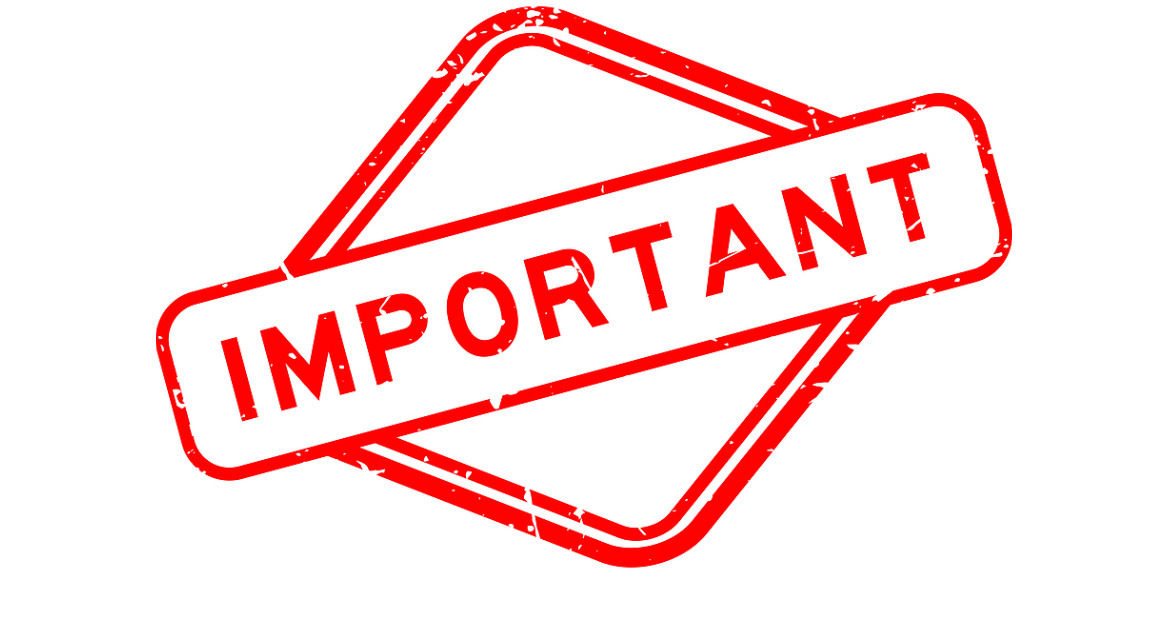👥 250,000 Trained
🏆 9 x Award Winners
⭐ 96% Review Rating
📈 24 Years of Proven Results
Written by Sean McPheat | 

Transactional Selling emphasises closing deals quickly, focusing on the customer’s immediate needs, and offering solutions that provide instant value.
Whether you’re a seasoned sales professional or a beginner, understanding the ins and outs of transactional selling can help you close more deals and improve your overall success rate. With targeted Sales Training, you can delve deeper into these techniques, ensuring that your skills remain sharp and effective in the ever-evolving world of sales.
In this essential guide, we’ll explore the fundamentals of transactional selling, including strategies, techniques, and real-world examples to help you master this approach and take your sales career to new heights!

Before we get into the benefits of transactional selling and how it can be implemented to boost your sales, let’s first start with a transactional selling definition.
So, what is transactional selling?
Transactional selling is a type of selling strategy that focuses on closing deals quickly and meeting the customer’s immediate needs. It is tailored to provide solutions that offer immediate value rather than long-term relationships or building rapport.
In this highly competitive market, businesses need to be able to close deals quickly, and transactional selling is the perfect solution to do just that.
We’ll be providing more extensive examples of transactional selling later in this, but for now, here’s an overview of the key elements:
While these elements are a little overly simplified and don’t cover the full scope of transactional selling, it’s a good starting point to get a basic understanding.
One of the issues often faced in transactional selling is creating value. After all, customers want to get the most for their money, and you need to be able to provide that if you want them to make a purchase.
The key here is to focus on what the customer needs or wants right now – not down the line. That means offering solutions tailored to meet their current needs without compromising on quality.
For example, if you’re selling a product, focus on what it can do for the customer right now and how they benefit from using it immediately. By doing this, you are creating value that will help convince them to buy your product.
Another way of adding value in transactional selling is to provide additional services or bonuses, such as expedited shipping or free upgrades. These will help sweeten the deal and make it more appealing to customers, thus increasing your chance of success.
Since the aim of transactional selling is to close the deal as fast as possible and meet the customer’s immediate needs, it is crucial to make sure that you can provide exceptional customer service skills and value in a timely manner – so offering to get products or services on-site quickly as possible is also a great way to add value in transactional selling.
Now that you’ve gotten a better idea of what transactional selling is and how to create value, let’s take a look at some of the benefits it offers:

Let’s take a look at some real-world transactional selling examples to get an idea of how it can be implemented in practice:
Black Friday sales are a great generic example of transactional selling. During this time of year, customers are looking for deals and discounts that they can take advantage of immediately.
Offering these solutions to meet their needs quickly is the key to success in such sales.
Rapid shipping is a great way to create value in transactional selling. By offering one-day shipping, customers can get their products quickly and conveniently without having to wait for days on end.
This not only provides immediate value but also makes the store more competitive in comparison to other online stores that don’t offer such services.
The value provided here is:
This is an excellent example of transactional selling in action. By offering immediate access to their product, the software company is able to provide value and meet customer needs quickly.
The value provided here is:
By demonstrating that they can solve the customer’s problem on day one, the company can close the sale quickly and efficiently.
By offering customers free and speedy delivery, the furniture store is able to create value by providing them with a solution that meets their immediate needs without compromising on quality.
The value provided here is:
By offering free shipping on orders over £100, the retail store is giving customers an incentive to purchase more and rewarding them for their loyalty. The value provided here is:
By offering discounts on accessories with the purchase of a bike, the cycling shop is providing value to its customers. This helps them close sales quickly and meet customer needs in a timely manner.
The value provided here is:
These examples demonstrate how transactional selling can be used to provide value and meet customer needs quickly. By harnessing the power of this strategy, you can increase your sales volume and build lasting relationships with customers.

One of the most critical parts of the selling process is identifying which sales techniques will be the most effective for a given situation; transactional selling should be used when:
By focusing on meeting immediate needs, transactional selling allows you to quickly close deals and increase sales volume. This is especially effective when there are a large number of potential customers that need to be dealt with in a timely manner.
Offering solutions that meet customer needs quickly is the cornerstone of transactional selling. If customers need solutions urgently, this technique provides a way to close sales quickly and efficiently.
Of course, you need the ability to offer immediate solutions in order for transactional selling to be effective. This can be achieved through rapid shipping, same-day delivery, and other such services that provide convenience to customers.
Transactional selling is designed to allow you to close deals quickly and efficiently; this makes it perfect for increasing sales volume in a short period of time. By offering solutions that meet customer needs quickly, you can close more deals and increase your sales figures in no time.
Transactional selling can also be used to incentivise customers by offering discounts or free upgrades. This helps sweeten the deal and make it more appealing, allowing you to close sales quickly and efficiently.
Transactional selling is best suited to products or services that are not complex and do not require extensive technical knowledge. This is because the focus is on meeting customer needs quickly and efficiently, and more technical products benefit from an extended support process.
For example, complex CMS (Content Management Systems) like WordPress and Joomla are usually best sold through a longer sales process that allows the customer to understand the product thoroughly before they make their purchase.
They should also be backed by robust customer and technical support, making them an excellent fit for long-term relationships.
By comparison, consumables such as printer paper or ink cartridges are more suited to transactional selling as their benefits are easy to communicate quickly, and they are unlikely to need any follow-up.
If customers are looking for a solution that meets their immediate needs without compromising on quality, transactional selling can be an excellent fit. By offering fast delivery or discounts on accessories with the purchase of a product, you can quickly close deals and meet customer needs without sacrificing value.

Now that we’ve defined transactional Selling and discussed when it should be used let’s take a look at some best practice sales questions that will help you close deals quickly:
What do you need to solve your problem right now?
This question helps to quickly identify the customer’s needs and determine if they are a good fit for transactional selling. By doing this, you can close the sale quickly and efficiently without having to waste time on customers who need more information before making their purchase.
What is the most essential thing that you are looking for in a product or service?
By asking this question, you can quickly identify what the customer values most in a product or service. This will allow you to tailor your pitch to meet their needs and increase the chances of closing a sale.
How can I make sure this product meets your needs today?
By asking this, you can put the customer at ease and demonstrate that you are taking their needs seriously. This helps to build trust and encourages them to take the next step in the sales process.
It also helps you to focus on providing solutions that meet customer requirements as quickly as possible.
What other solutions have you considered?
By asking this, you can gain insight into what has already been tried and what may be a better solution than the one you have offered. This will help you refine your pitch and ensure the customer is getting the best possible solution for their needs.
What would it mean for you if you could start using this product immediately?
This question gives you the opportunity to emphasise how your product or service can quickly and easily solve customer needs.
By highlighting how customers can start using the product right away, you can make it easier for them to commit to a purchase.
Additionally, you can demonstrate how the immediate benefits of your product will satisfy their current needs and ensure that they are getting value out of the purchase.
What are the biggest challenges you are facing right now?
This question helps you to understand the customer’s current situation and allows you to tailor your pitch accordingly. It will also help you determine if transactional selling is the best approach for this particular customer.
By better understanding their challenges, you can provide solutions that meet their needs quickly and efficiently. This will make it easier for them to commit to a purchase and enable you to tailor your pitch and close the sale quickly and efficiently. Additionally, it allows you to identify any other needs that could be met with your product or service, increasing the chances of closing an additional sale.
What is the timeline for making a decision?
By asking this question, you can ensure that the customer is aware of any deadlines and can make an informed decision quickly. This helps to ensure that they get value from their purchase and reduces the risk of them changing their mind after the sale.
What sort of discounts can I offer to make this purchase more attractive?
As mentioned, offering sales incentives that will make the purchase more attractive is a crucial part of transactional selling. It could be a discount on accessories, free shipping, or any other offers that may help to sweeten the deal. By offering such discounts, customers are more likely to commit to a purchase and close the sale quickly and efficiently.
Transactional selling is an excellent tool for quickly closing deals and meeting customer needs.
It allows companies to deliver solutions that meet customer needs while increasing sales by streamlining the sales process.
It can be an indispensable tool in any sales team‘s arsenal when used correctly, meaning your sales team needs access to the proper training.
MTD offers cutting-edge sales training programs that can help you improve your transactional selling skills. Our essential selling skills training offers real-life scenarios to equip your team with the essential skills to maximise sales opportunities and close deals quickly in the real world.
Happy selling!
Sean

Sean McPheat
Managing Director
MTD Sales Training
Updated on: 31 October, 2023
Related Articles

Search For More
